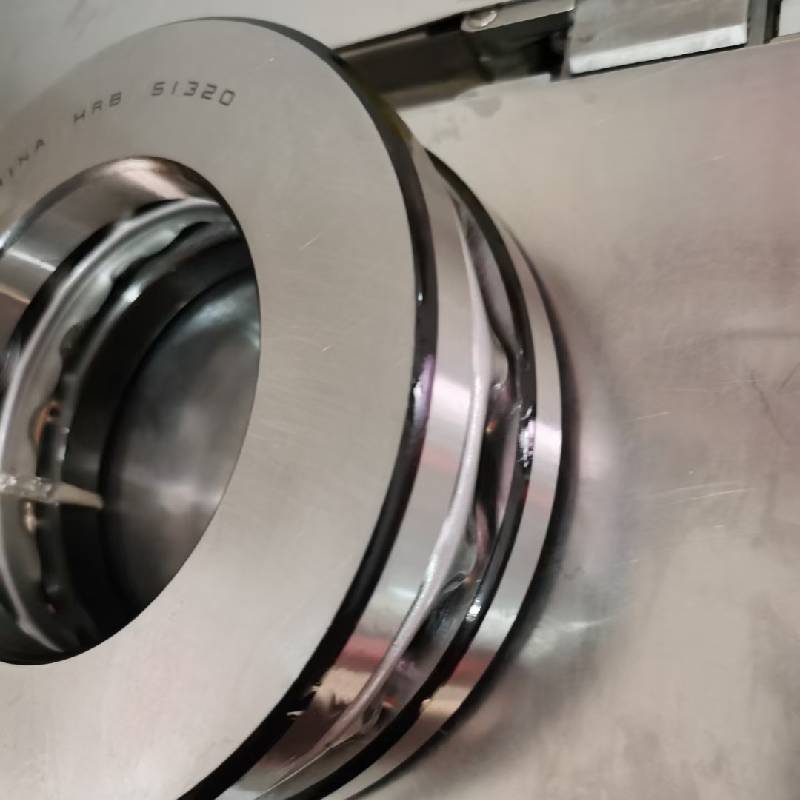
Nov . 14, 2024 20:46 Back to list
6209 bearing dimensions
Understanding the Dimensions and Specifications of the 6209 Bearing
The 6209 bearing is one of the most commonly used radial ball bearings in various industrial and mechanical applications. Its design, versatility, and dimensional specifications make it an essential component in machinery ranging from electric motors to automotive systems. This article will delve into the dimensions, specifications, and applications of the 6209 bearing, providing a comprehensive overview for engineers and technicians alike.
Dimensions
The 6209 bearing adheres to the International Organization for Standardization (ISO) standards, which define its dimensions and tolerances. The critical dimensions of a 6209 bearing are as follows
- Inner Diameter (ID) 45 mm - Outer Diameter (OD) 85 mm - Width (W) 19 mm
These dimensions contribute to the bearing's ability to support radial loads, making it efficient for various applications. The 6209 bearing typically features a steel cage and comes in different variants, such as open, shielded, or sealed types, depending on the specific requirements of the application.
Types and Variants
The standard 6209 bearing can be classified into different types based on its design
1. Open Bearings These come without sealing elements, allowing for easy lubrication and heat dissipation. However, they may be prone to contamination from external debris and dirt. 2. Shielded Bearings These bearings are equipped with metal shields on one or both sides to protect the rolling elements from contaminants while allowing for minimal lubrication access.
6209 bearing dimensions

3. Sealed Bearings The sealed variant comes with rubber seals on both sides, providing an optimal barrier against dust and dirt, which significantly extends the bearing's lifespan in harsh environments.
Load Capacity and Speed Ratings
The load capacity of a bearing is a critical factor in its performance. For the 6209 bearing, the dynamic load rating is typically around 18,500 Newtons (N), while the static load rating can reach approximately 9,800 N. These ratings indicate the maximum loads the bearing can handle before potential failure occurs.
The 6209 bearing is also rated for a certain speed, which is defined by the bearing's design and the lubricant used. Generally, it can operate effectively at speeds reaching 8,000 RPM under optimal conditions. However, real-life applications may involve lower speeds to ensure reliability and performance.
Applications
Due to its robust design and favorable characteristics, the 6209 bearing is frequently utilized in a variety of industries, including
- Automotive Found in engines, gearboxes, and wheel assemblies. - Industrial Machinery Used in conveyor systems, pumps, and motors. - Electrical Equipment Common in electric motors and generators, where smooth rotation is crucial. - Agricultural Machinery Employed in tractors and harvesting equipment due to its durability and reliability.
Conclusion
The 6209 bearing is a vital component in numerous mechanical systems, characterized by its well-defined dimensions and versatile applications. Its ability to withstand substantial loads, coupled with various design options, makes it suitable for a wide range of industries. Understanding the specifications and characteristics of the 6209 bearing is essential for engineers and technicians to choose the right type for their respective applications, ensuring efficiency, longevity, and optimal performance in their machinery. As industries continue to evolve, the demand for reliable bearings like the 6209 will remain a cornerstone in engineering best practices.
Latest news
-
High-Quality 6007 ZZ Bearing for Industrial & Consumer Applications | AryBearing
NewsNov.25,2025
-
Ball Bearing 6001 – Reliable Deep Groove Bearings for Machinery & Industry
NewsNov.24,2025
-
Comprehensive Guide to 6305 2rsr Bearings – Specs, Uses & Vendors
NewsNov.24,2025
-
In-Depth Guide to 6003z Bearing Dimensions: Specs, Applications & Vendors
NewsNov.23,2025
-
Understanding the 6201 Z Bearing - Specifications, Applications, & Future Trends
NewsNov.23,2025
-
Everything You Need to Know About 6001 C3 Bearing – Specs, Uses, and Advantages
NewsNov.22,2025
